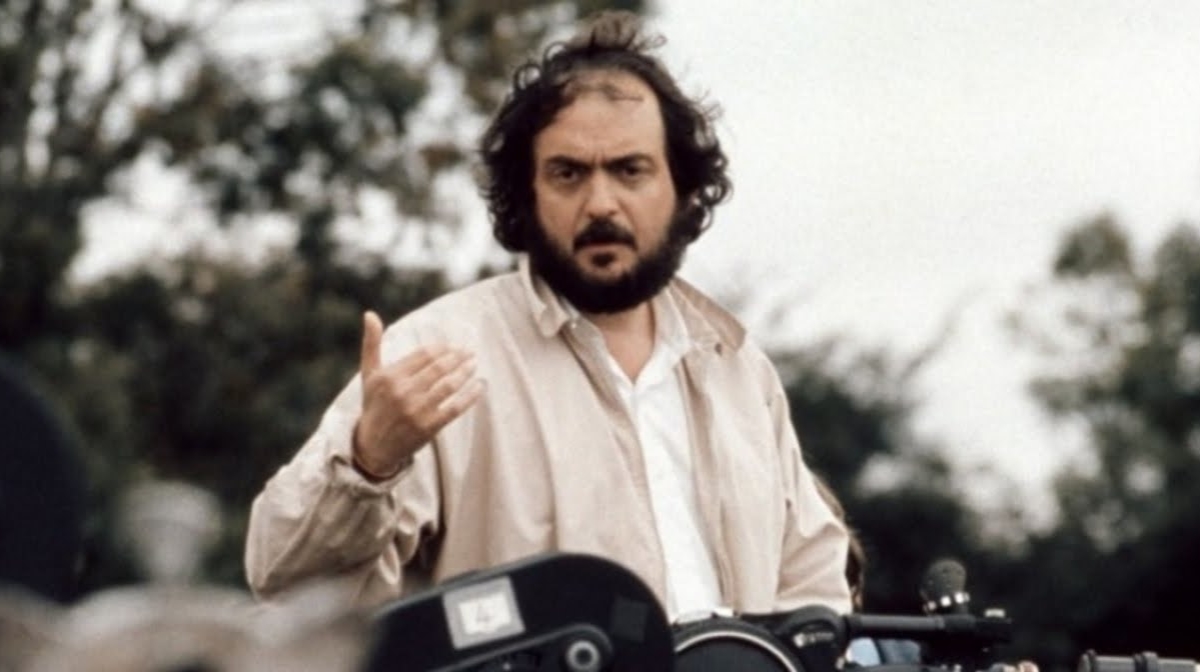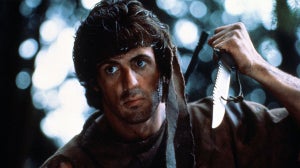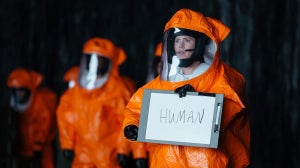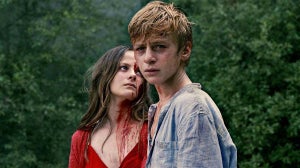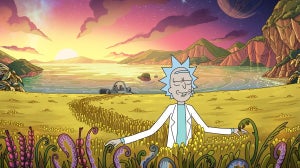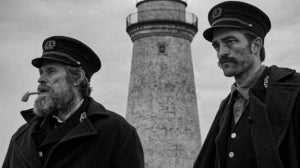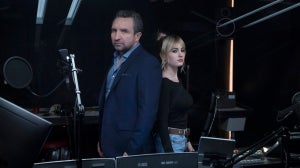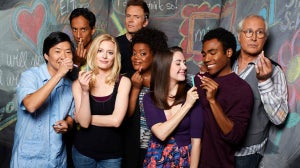
There aren’t many directors that can be truly labelled as ‘masters of cinema’, but Stanley Kubrick is certainly one of them. Conquering a broad range of genres in his filmography, Kubrick has dismantled the thriller, the horror, the sci-fi, the comedy and more, re-inventing them as his own and giving birth to the term Kubrickian.
Visually enthralling, images from Kubrick’s films have stylistically mesmerized endless film fanatics, whether it’s the mathematical display of corridors in The Shining, or the enigma of identity in Eyes Wide Shut, Kubrick has touched every film with his own brand of slightly-surreal reality.
Besides his pure technicality and skill in cinematography, Stanley Kubrick is also a master of cultural and topical issues. In a career that spanned almost 50 years, Kubrick made films throughout the entirety of the Cold War period, with many of his works projecting an ever-tense, otherworldly feel. 2001: A Space Odyssey dealt with man’s journey into outer space, whilst in the wider world the space-age rush between the Soviet Union and the USA was in full swing, and Full Metal Jacket faced the controversial aspects of the Vietnam War head on.
Stanley Kubrick's nation on the cusp of fear and the future: Dr. Strangelove (1964) and 2001: A Space Odyssey (1968)
Following Kubrick’s early phase of film making, he began to establish himself as a serious director, and in the mid-to-late sixties, this meant tackling big themes and risky subject matter. The Cold War and space exploration weren’t just simply documented into film-form as deep, dull features – they went through the Kubrickian filter and came out the other end as two very daring, very different chefs-d’oeuvre.
Dr. Strangelove (Full title, Dr. Strangelove or: How I Learned to Stop Worrying and Love the Bomb), is a satirical take on the conversations between Russia and the United States during their most strained and tense moments of bomb scares and military threats during the Cold War. Kubrick uses moments of careful and discreet comedy to bring serious subject matter into an all too human, emotional realm. While Dr. Strangelove helps us to understand that important decisions made by world powers commonly boil down to be mere human-to-human conversations, pulling the enigma from war negotiations, it is also profusely and explicitly funny. The often silly and offbeat comedy, combined with the almost noir aesthetics makes Dr. Strangelove truly enjoyable.
2001: A Space Odyssey was a leap into a completely different dimension. The sheer cinematography skill and artistry used in 2001, helped give Kubrick his title as a true visual artist. 2001 is filled with allegorical arenas and scenes of intergalactic fantasy, who could forget the eclipsing obelisk, creating angular black space against the purpling foreign skies? The vast open space-sky that peers through the mechanical spaceship opening? The super-futuristic spaceship interiors and the singular red eye of suspicious captain-robot HAL?
Like Dr. Strangelove, 2001 also touches on some deeper themes, such as the infamous scene of the primate throwing up a game-changing bone tool that then morphs into spaceship in the next shot. The final scenes of the film that crescendo into surreal consequences leaves each viewer with an incalculable number of thoughts and wonders, 2001 is a film that makes us constantly consider the past, present and future of humanity.
Kubrick’s finest hour – The Shining (1980)
Perhaps a film that many consider Kubrick’s finest work, is the psychological horror The Shining. The vast, complex Overlook Hotel, with it’s labyrinth of corridors and doorways, serves as a theatre of terror for Jack Torrance and his family, who become victimised by his mental transformation into a monster.
Featuring a chilling rural winter exterior contrasted against an empty, extravagant hotel, The Shining scatters the hotel’s desolate ambience with a psychic young boy, an axe-wielding murderer and the most frightening twins in the history of film. The production makes magnificent use of the inexhaustible corridors, rooms and bends, by employing the usage of a Steadicam to create the now-legendary tracking shots that give us a very real representation of the characters’ immediate surroundings in the Overlook Hotel.
Kubrick’s final hour – Eyes Wide Shut (1999)
Kubrick spent the final 3 years of his life working on Eyes Wide Shut, and in his true ‘quality over quantity’ fashion, it was his first feature in over a decade. Based on the 1926 decadent novel Dream Story by Arthur Schnitzler, Eyes Wide Shut switches the setting from 1900’s Vienna to 1990’s New York City and brings it’s tale of surreal eroticism to the visual field.
The sedate, graceful cinematography of Eyes Wide Shut communicates a hypnagogic, ambiguous feeling throughout, whilst remaining positively engaging and intriguing. Stanley Kubrick passed away just months prior to its public release, although it should be noted that he was able to complete a final cut of this beautifully sublime film, which was screened for the cast and Kubrick’s family less than a week before his death.
Legacy.
‘Kubrickian’ joins Kafkaesque, Freudian, Darwinian and the rest of the eponymous adjectives that we have graced upon the great scholars of art, literature, science and now film, and is a recognised stylistic nuance in cinema. His films are shown and studied across the world as great examples and staples of the medium, and there are arguably no ‘black marks’ that besmirch his filmography. Stanley Kubrick’s films and techniques have shaped genres and inspired a multitude of productions across a wide range of styles: ‘Moon’ by Duncan Jones, ‘Alien’ by Ridley Scott and ‘Black Swan’ by Darren Aronofsky are just a few films that you could argue draw on Kubrickian influence.
You may have realised that I didn’t discuss the actors used in his films in this feature, more because I consider Kubrick a man of tools, techniques, spheres, lenses, formulas, creations, worlds and universes; to speak in terms of cast and crew would not do his great vision justice.

